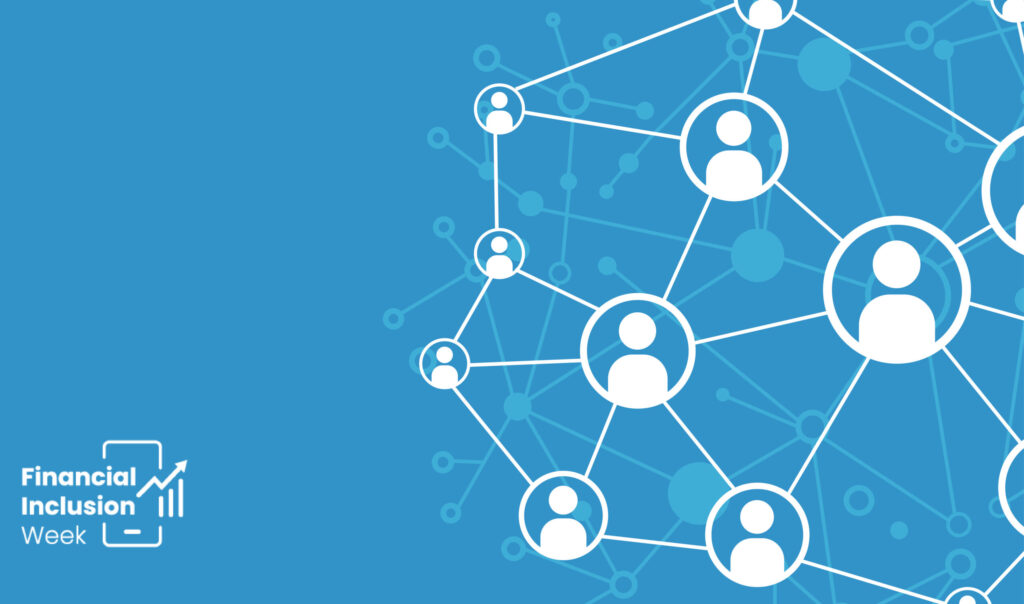
In April 2021, a bill that proposed licensing digital lenders was passed by the Kenyan parliament and is now pending approval from the national assembly. Among other things, this bill would require all digital lenders to submit product pricing to the Central Bank of Kenya for approval before launching, a move that seeks to lower predatory interest rates. Further, non-performing loans would be capped at twice the amount of the initial loan defaulted, which means lenders won’t be able to perpetually increase the amount to be paid back through late-payment fees.
Much has been written on the fintechs that have flooded the Kenyan market since 2016. FSD and CGAP published alarming evidence in 2018 showing that in addition to a saturated digital lending market, an increasing number of digital borrowers in Kenya became over-indebted, which furthered them into poverty traps. Digital lenders such as OKash and Branch reportedly publicly shamed debtors by texting their friends, family, and colleagues. Further, high-interest rates and non-transparent fees resulted in APR’s above 400 percent, making it more difficult for some low-income borrowers to repay. In some instances, repayment was possible, yet it meant sacrificing other payments like food, medicine, or school fees. And finally, millions of borrowers were reported to credit bureaus for loans smaller than $10.
During the COVID crisis, the Kenyan Central Bank issued a number of measures to ease the debt burden on borrowers, such as forbidding unregulated mobile-based and credit-only digital lenders from reporting any late borrowers to credit bureaus. Although this helped ease debt stress on consumers during the crisis, this drove many digital lenders out of the market as levels of default skyrocketed, leaving many Kenyan borrowers underserved. The entire loan market in Kenya shrank due to COVID-19; today, these platforms lend around 2 billion shillings a month, compared to 4 billion shillings in early 2020.
The proposed bill by the Central Bank of Kenya unfortunately will not address the issue of making digital credit both safe and accessible. The bill focuses on product pricing only, and it doesn’t address the underlying challenge of digital lending platforms: a weak credit assessment model. Such a model extracts large amounts of data from the borrower’s phone and runs it through algorithms that approve or deny the loan. Many digital lenders mitigate the risk of a light-touch credit assessment with above-market APRs and hidden late payment fees, thus being able to generate profit and returns to their investors.
The primary problem is digital lenders do not measure the capacity of someone to repay, but their willingness to repay, and these are drastically different concepts. Willingness refers to the genuine disposition of a person to pay back their loan. Capacity, on the other hand, refers to the person’s ability to generate enough money in the future to pay back the loan without having to forgo essential expenses.
Digital lenders do not measure the capacity of someone to repay, but their willingness to repay and these are drastically different concepts.
For example, I might score very well on a digital risk assessment. My geo-trace shows I go to work every day, my call log shows I call my mom regularly, and my browsing history shows I do not engage in sports bets. These measurements indicate I am a responsible citizen who complies with her duties, suggesting that I have a high willingness to repay a loan. However, I might have astronomical medical expenses that the digital lender is unable to detect. Or I might be sending significant remittances to my family. Both of these relate to my repayment capacity and are measures that digital lending apps tend to ignore in favor of automated decision-making based on more readily available data.
By comparison, traditional banks run thorough credit risk assessments, sometimes so thorough that they are slow and expensive. These banks have credit committees and risk analysis departments that challenge relationship managers on the loan proposals they present. The result is that most people granted a loan have the means to pay it back. This method excludes the majority of the world’s population from the financial system, however, it also ensures that most people who are granted a consumer loan actually have the capacity to repay.
So where do we draw the line? How do we expand access to credit to low-income people and informal workers and also protect them from default? How can we measure their capacity to repay in a cheap, digital, and rapid manner? Should we prohibit alternative, digital, phone-based metrics that only assess someone’s willingness to repay?
A Possible Solution
The answer could be a measure in between. One idea is that the Central Bank of Kenya could only grant a license to digital lenders that incorporate the borrower’s capacity to repay in their credit assessment algorithms. This means, finding a way to measure, prove and integrate the person’s real income and expenses. Another option could be asking lenders to integrate proxies for repayment capacity. For example, mobile money records could be matched with the borrower’s geolocation to determine where and why they are being paid and predict how stable his or her income is. Coupled with strong data protection measures, this and similar metrics could help curb the high default rate and loan-stacking among digital borrowers in Kenya without causing financial exclusion.
Further, as suggested in a publication produced by CFI, the Central Bank of Kenya should withdraw a digital lender’s license upon surpassing a threshold percentage of non-performing loans as a share of the total loan portfolio. This would force the lenders to improve their algorithms and creatively design more capacity-measuring metrics. And finally, the CBK should explicitly require licensed digital lenders to cross-check an individual’s loan performance with each other before issuing further credit to prevent loan-stacking. Although the Digital Lenders Association of Kenya (DLAK) advocates for digital lenders to be able to receive and submit borrower information to credit bureaus, this practice has not addressed loan stacking in the past and only served to blacklist millions of borrowers for small amounts. Therefore, digital lenders should be allowed to view and report outstanding loans, yet with very limited power to blacklist a late borrower.
The CBK should explicitly require licensed digital lenders to cross-check an individual’s loan performance with each other before issuing further credit to prevent loan-stacking.
Kenya cannot go back to the old bank-driven model which financially excluded most of the population, yet Kenyans cannot keep paying the price for the financial experimentation of tech startups. Digital credit should be responsible, affordable, and inclusive. With this new bill, the Central Bank of Kenya is getting closer to achieving it. However, the root cause of the problem is the evaluation algorithm and the business model that stems from it. Without addressing this, little will change for Kenyan borrowers.









